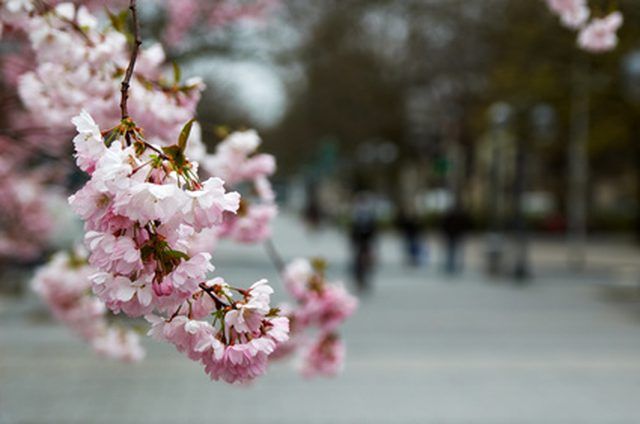Bulbs
Flower Basics
Flower Beds & Specialty Gardens
Flower Garden
Garden Furniture
Garden Gnomes
Garden Seeds
Garden Sheds
Garden Statues
Garden Tools & Supplies
Gardening Basics
Green & Organic
Groundcovers & Vines
Growing Annuals
Growing Basil
Growing Beans
Growing Berries
Growing Blueberries
Growing Cactus
Growing Corn
Growing Cotton
Growing Edibles
Growing Flowers
Growing Garlic
Growing Grapes
Growing Grass
Growing Herbs
Growing Jasmine
Growing Mint
Growing Mushrooms
Orchids
Growing Peanuts
Growing Perennials
Growing Plants
Growing Rosemary
Growing Roses
Growing Strawberries
Growing Sunflowers
Growing Thyme
Growing Tomatoes
Growing Tulips
Growing Vegetables
Herb Basics
Herb Garden
Indoor Growing
Landscaping Basics
Landscaping Patios
Landscaping Plants
Landscaping Shrubs
Landscaping Trees
Landscaping Walks & Pathways
Lawn Basics
Lawn Maintenance
Lawn Mowers
Lawn Ornaments
Lawn Planting
Lawn Tools
Outdoor Growing
Overall Landscape Planning
Pests, Weeds & Problems
Plant Basics
Rock Garden
Rose Garden
Shrubs
Soil
Specialty Gardens
Trees
Vegetable Garden
Yard Maintenance
About Flowering Japanese Weeping Cherry Trees
About Flowering Japanese Weeping Cherry Trees. The flowering cherry tree has been cultivated in Japan for over a thousand years. It is a standard feature of Japanese temple gardens and has gained increasing popularity in American landscaping because of its beauty and hardiness. In Japanese, this tree is called "shidare zakura," meaning...

The flowering cherry tree has been cultivated in Japan for over a thousand years. It is a standard feature of Japanese temple gardens and has gained increasing popularity in American landscaping because of its beauty and hardiness. In Japanese, this tree is called "shidare zakura," meaning "weeping cherry"--a name that physically describes the tree's drooping branches and evokes both the joy and sadness associated with cherry blossoms in Japanese culture. Cherry blossoms are thought to symbolize life on earth: joyful and beautiful in its occurrence but sad in its transience.
History
In 1906, U.S. Department of Agriculture's David Fairchild imported 100 cherry trees from Japan, including 25 Japanese weeping cherries. He planted them on his property near Washington D.C. to test their reaction to the climate. The trees proved hardy and grew successfully. He began to promote the trees throughout the nation's capital, and the tree's popularity and presence in the United States has grown ever since.
Features
The weeping cherry tree's branches fall gracefully from the tree trunk. They bloom for a few weeks in the spring. Most varieties produce pink blossoms that turn white before falling off. The Japanese weeping cherry tree is ornamental; it does not produce any cherry fruit.
Size
When planting a Japanese weeping cherry tree, it is important to consider its final size. Otherwise, the tree may interfere with other plants, your home, or even your septic tank. To avoid this situation, research your tree's variety. Several weeping cherry trees can grow to a circumference of 20-30 feet, and most reach 20 feet tall.
Care
Susceptible to root-rot, the soil around a Japanese weeping cherry tree should be kept well drained. When planting, layer the bottom of the hole with some sand and pebbles to help with drainage. The tree grows best in USDA zones 5 through 9, as long as there is ample sunlight. Fertilize the tree in early spring every year, and prune in late summer. Before pruning, seek expert advice to avoid overpruning.
Varieties
The Snow Fountain weeping cherry tree, a dwarf variety, is popular in the U.S. It has white flowers and works well in small landscapes. Other varieties include Prunus Amagi yoshino, whose top branches are upright and bottom are weeping, and Prunus pendula, which blooms pale pink in early spring.